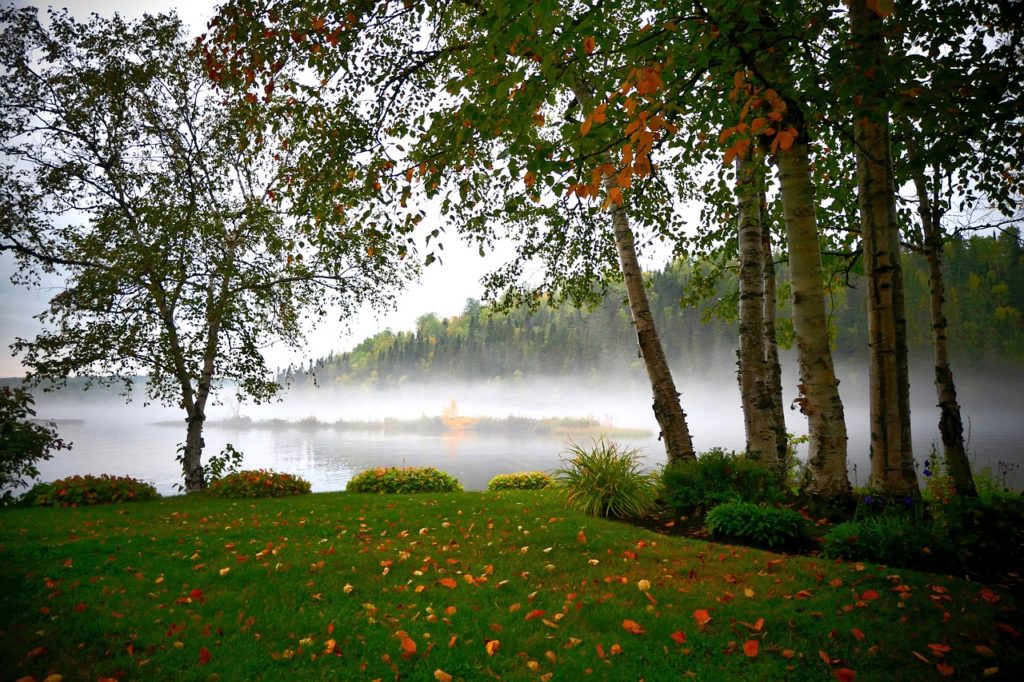Originally written for hobby blog on 27 July 2018
If my review of Nora Gould‘s work was any indication, there is a special place in my heart for regional poets. Like the Albertan plains, I have never visited the Lake of Two Mountains region, but by putting a name to a place and discussing not only its history and landscape, but the speaker‘s personal connection and memories to that place seem to imbue the writing with more authority and make it more concrete in the reader’s mind. If I can look up pictures of a place or imagine going there, the images being created on the page will be that more sharp and colourful.
Paré takes a very different approach than Gould however. Sentiment and large themes like death, disease, and love (familial and romantic) overlay the Albertan plains. As much as the plains of I see my love more clearly from a distance are as much a character as any of the speaker‘s family members and is definitely the dressing to the scenes of life and death in Gould’s work, Paré focuses on different facets when writing about her chosen region. “Becoming Lake,” “Alnöitic Rock,” and “Call and Response” focus on the creation of the lake itself, and “Map the Lake” gives us a topographical overview of the lake interjected with some history. A large amount of poems are dedicated to talking about life in the now defunct Trappist monastery in the “Monastic Life” and “Frére Gabriel” poems, and “Oka Crisis” in particular talks about more recent history. In short, there is more focus on describing the landscape and history of the region rather than the poet’s personal connection to it.
That’s not to say there is no personal element. “Summer House Revisited,” “How Fast a Life,” and “Dad before Lake” are examples on various memories of the speaker in the region. However, there seems to be a preference to talk about other people rather than the self. There are poems about the speaker‘s Father, Mother, “Older Aunt,” and “Uncle Bobby,” but not much in the way of introspection. This is not a criticism, more a compare-and-contrast with Gould’s collection. It’s as simple as Paré’s work being more outward-minded while Gould’s looked more inward.
Some of the poems, mainly those discussing how the lake was formed, do come off a little clinical sounding, but none of the language Paré uses feels out of place. In other poetry collections I’ve read, someone large or obscure words seem placed in poems more for a show of vocabulary expansiveness than adding something meaningful to the poem, but Paré’s diction fits each topic at hand. Another returned-to theme is that of ownership, and whether some one can truly own a piece of land (such as in “Own a Lake” and “Whose Lake?”).
While Paré’s work focuses more on the memories of others as well as the geological and social history of the Lake of Two Mountains rather than being introspective, her love of the region shines through when she describes the lake itself. Poems like “More” and “How Own a Lake” use images to convey a clear attachment to the place without being sentimental.
Lake of Two Mountains may not travel far or become introspective or sentimental, but it is nonetheless a very in-depth look at many facets of the titular region. It won the 2014 Governor General’s Award for Poetry, and it is not misplaced. While it granted me very specific knowledge on a place I have no plans to visit in the near future, I feel like I learned something more about the world while reading this collection that was not dry or ham-fisted. Paré did not need sentiment to convey attachment to this region, and the images she uses to describe her chosen region are refreshingly unique, focusing on little details. Paré only goes to cement my love of regional Canadian poets, and I hope to seek out more.
Some Quick Stats:
Author: Arleen Paré
Published: 2014, Brick Books
Pages: 83
